Cajanus cajan (Linn.) Millsp. |
| |
|
|
Botanical Name |
: |
Cajanus cajan (Linn.) Millsp. |
English
Name |
: |
Pigeon Pea |
Synonym(s) |
: |
Cajanus indicus Spreng. |
Family |
: |
Fabaceae |
| |
General Info
| Description |
 |
|
An erect, annual or perennial hairy, suffruticose herb or shrub, 0.75 to 4.3 m in height. Leaves trifoliolate, leaflets oblong-lanceolate, entire, acute mucronate, sub-coriaceous; flowers yellow, or yellow veined with red or purple, in sparse distinctly peduncled, densely hairy, corymbose racemes, often forming a terminal panicle; pods 5.0 - 7.5cm x 0.6- 1.25 cm, finely downy, 3-7 seeded; seeds greyish brown, red or pale yellow, often with a small caruncle. |
| Herb Effects |
 |
|
Hypoglycemic (seed) and mouth antiseptic (leaf decoction); diuretic (seeds) |
Chemistry
| Active Ingredients |
 |
|
Cajanol (plant); cajanone (root); riboflavin and pyridoxine (seed); isoflavones, sitosterol, lupeol and alpha and beta-amyrin (root bark); ascorbic acid, beta-carotene (fruit); beta-sitosterol (leaf); genistein (root). |
| Chemistry
of Active Ingredients |
 |
|
|
 |
Name |
CAS# |
IUPAC Name |
Formula |
Structure |
 |
|
| Cajanol |
61020-70-0 |
5-hydroxy-3-(4-hydro
xy-2-methoxy-phenyl)
-7-methoxy-chroman-4
-one |
C17H16O6 |

|
| Cajanone |
Not Available |
Not Available |
C25H26O6 |

|
| Riboflavin |
Not Available |
Not Available |
C17H21N4O9P |
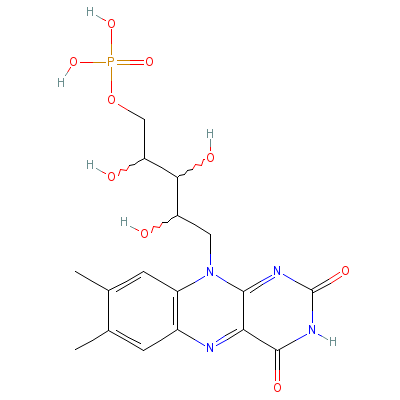
|
| Pyridoxine |
58-56-0 |
4,5-bis(hydroxymethy
l)-2-methyl-pyridin-
3-ol |
C8H11NO3 |
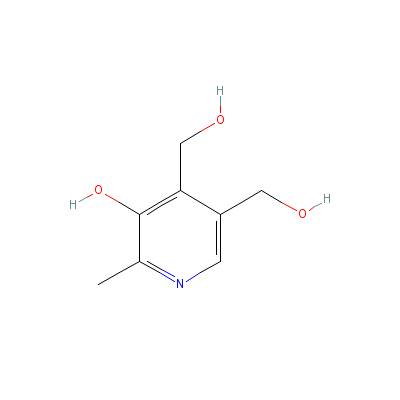
|
| Sitosterol |
5779-62-4 |
17-(5-ethyl-6-methyl
-heptan-2-yl)-10,13-
dimethyl-2,3,4,7,8,9
,11,12,14,
15,16,17
-dodecahydro-1H-cycl
openta[a]phenanthren
-3-ol |
C29H50O |
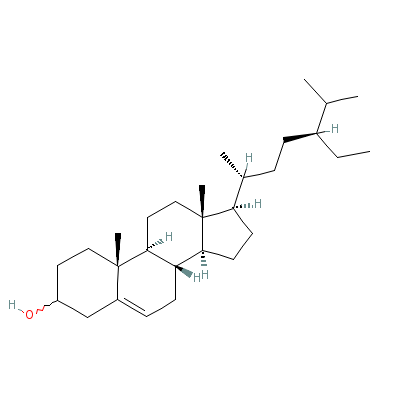
|
| Lupeol |
Not Available |
Not Available |
C30H50O |

|
| alpha-Amyrin |
638-95-9 |
4,4,6a,6b,8a,11,12,1
4b-octamethyl-2,3,4a
,5,6,7,8,9,10,11,12,
12a,14,14a
-tetrade
cahydro-1H-picen-3-o
l |
C30H50O |
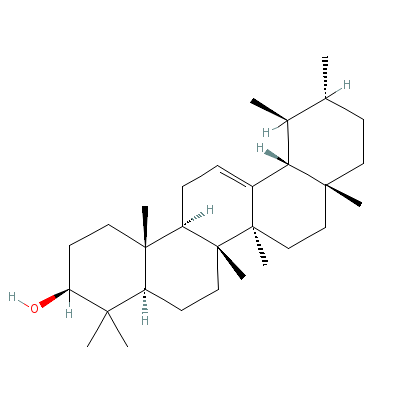
|
| beta-Amyrin |
559-70-6 |
4,4,6a,6b,8a,11,11,1
4b-octamethyl-1,2,3,
4a,5,6,7,8,9,10,12,1
2a,14,14a-
tetradec
ahydropicen-3-ol |
C30H50O |
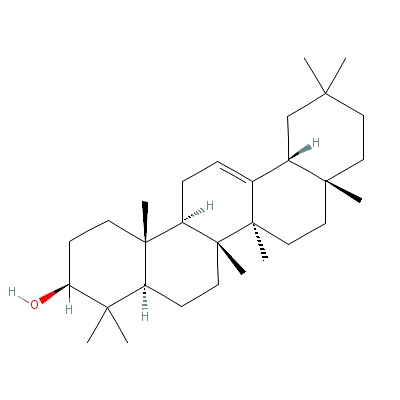
|
| Ascorbic acid |
Not Available |
2-(1,2-dihydroxyethy
l)-4,5-dihydroxy-fur
an-3-one |
C6H8O6 |

|
| beta-Carotene |
Not Available |
3,7,12,16-tetramethy
l-1,18-bis(2,6,6-tri
methyl-1-cyclohexeny
l)-octadec
a-1,3,5,
7,9,11,13,15,17-nona
ene |
C40H56 |

|
| beta-Sitosterol |
5779-62-4 |
17-(5-ethyl-6-methyl
-heptan-2-yl)-10,13-
dimethyl-2,3,4,7,8,9
,11,12,14,
15,16,17
-dodecahydro-1H-cycl
openta[a]phenanthren
-3-ol |
C29H50O |
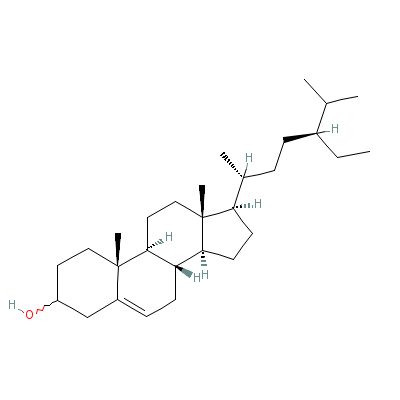
|
| Genistein |
446-72-0 |
4,5-dihydroxy-3-(4-h
ydroxyphenyl)-chrome
n-7-one |
C15H10O5 |

|
|
Pharmacology
| Medicinal Use |
 |
|
Mouth sores (leaf and flower); for anemia, hepatitis, diabetes, urinary infections, and yellow fever (leaves); for dysentery, and menstrual disorders, bronchitis, coughs, and pneumonia (flowers). |
| Reference |
 |
|
 Chandel et al., Biodiversity in Medicinal and Aromatic Plants in India. Chandel et al., Biodiversity in Medicinal and Aromatic Plants in India.
Amalraj T. Ignacimuthu S. Hypoglycemic activity of Cajanus cajan (seeds) in mice. Indian J Exp Biol 1998 Oct;36(10):1032-3. |
Dealers
Products
|
|